For decades, the automotive world was dominated by the United States, Germany, and Japan. Detroit built muscle cars and trucks, Germany pushed engineering precision, and Japan mastered reliability and efficiency. But in recent years, the balance has started to shift. A new contender is stepping onto the stage, backed by massive government investment, cutting-edge technology, and sheer production volume. That country is China, and it is rising faster than many expected.
The Scale of Chinese Manufacturing

China already produces more vehicles annually than any other nation, but what sets it apart now is how quickly it has turned that volume into global influence. Once dismissed as a builder of cheap, low-quality knockoffs, Chinese automakers have evolved into global players with serious technology and style. Backed by state support and aggressive investment, brands like BYD, Geely, and NIO are reshaping the industry. China is not just catching up it is racing ahead in key segments like electric cars, where legacy automakers are still struggling to adjust.
The EV Advantage
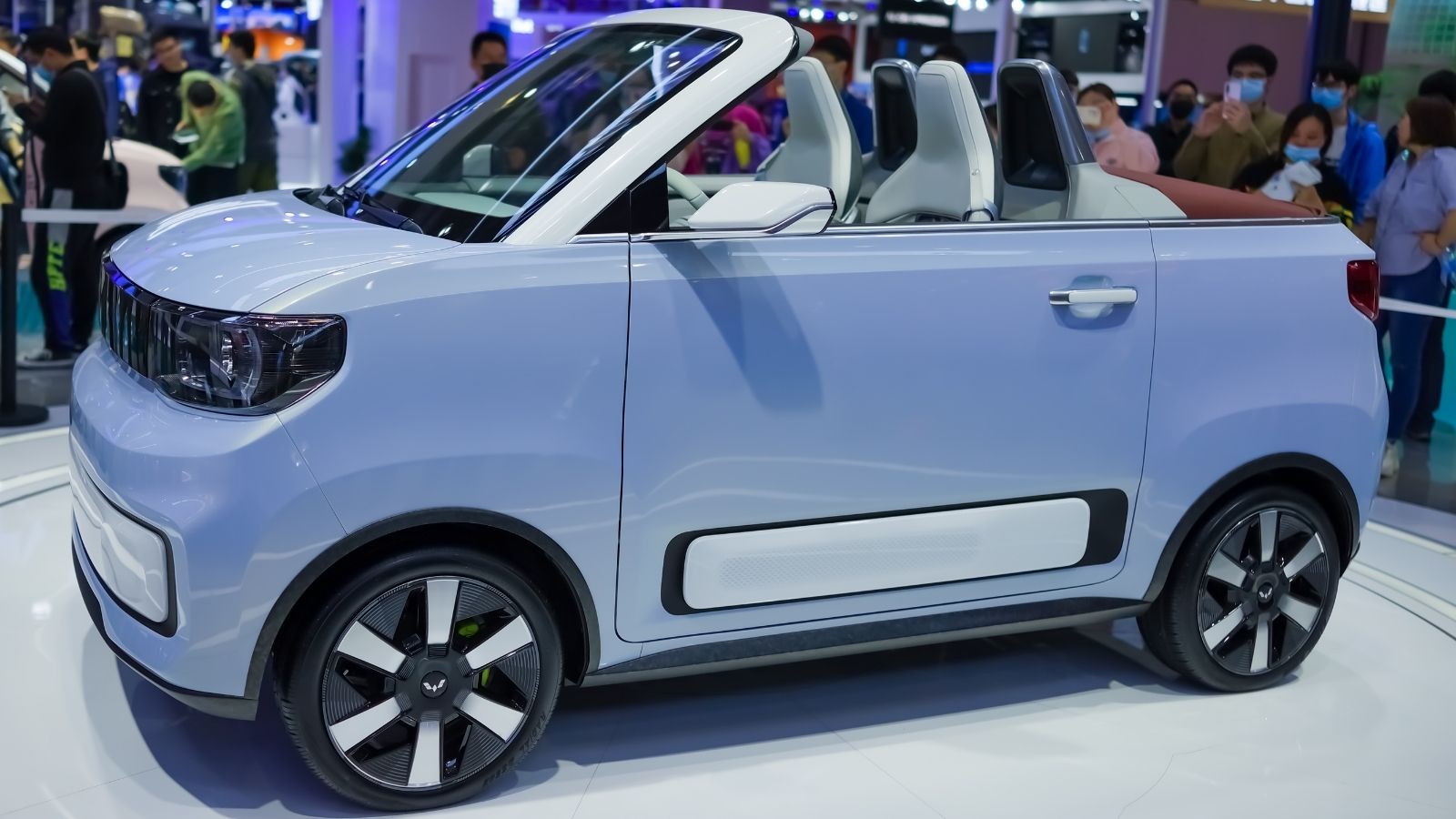
Electric vehicles are the core of China’s rise. While American and Japanese companies wrestled with protecting their gas-powered lineups, Chinese automakers dove headfirst into EV development. BYD is now one of the world’s largest EV producers, competing directly with Tesla in terms of volume. Affordable EVs like the BYD Dolphin and Wuling Mini EV have shown that China can dominate not only in premium segments but also in mass-market electric mobility. This head start in EVs has given China an edge in both technology and infrastructure, setting it apart from traditional car-building nations.
Battery Supply Chain Power
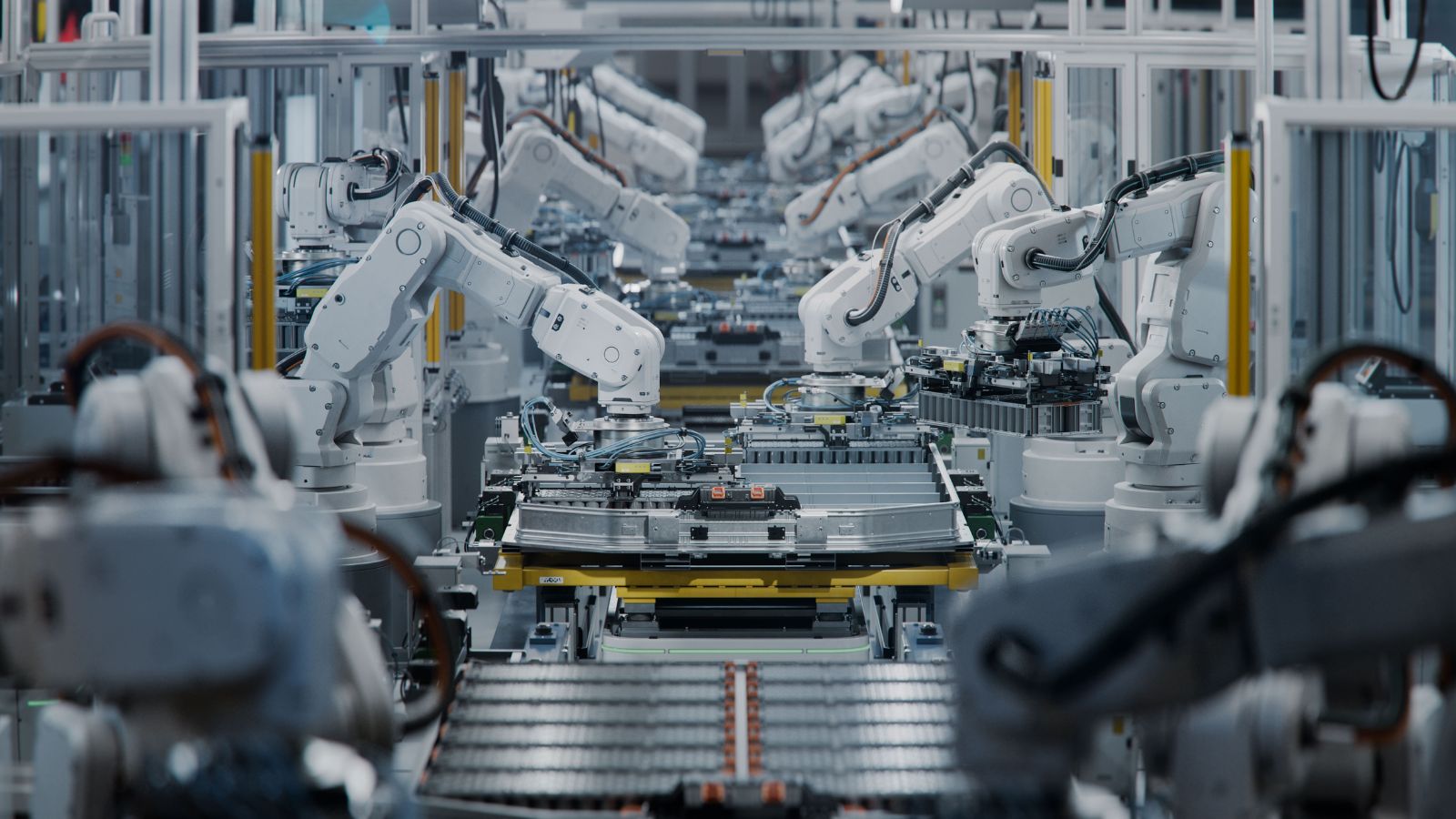
At the heart of EVs is the battery, and this is where China holds its strongest card. Companies like CATL and BYD supply the majority of the world’s lithium-ion batteries. This control of the supply chain puts China in a commanding position, not only to build its own cars but also to dictate terms to other automakers who rely on its components. By scaling battery production and refining cheaper chemistries like lithium-iron-phosphate, China has managed to reduce costs faster than its rivals, making EVs more accessible to everyday buyers.
Global Expansion of Chinese Brands

What was once unthinkable is now a reality: Chinese cars are becoming common sights outside China. Europe is already seeing an influx of Chinese EVs, with models from MG (owned by SAIC) and BYD gaining traction. Latin America, Africa, and the Middle East are also becoming major export markets. Even North America, long resistant to foreign newcomers, is beginning to feel the pressure as Chinese brands explore ways to enter through partnerships and alliances. This expansion proves that Chinese cars are no longer just domestic products—they are global challengers.
Shifting Perceptions of Quality
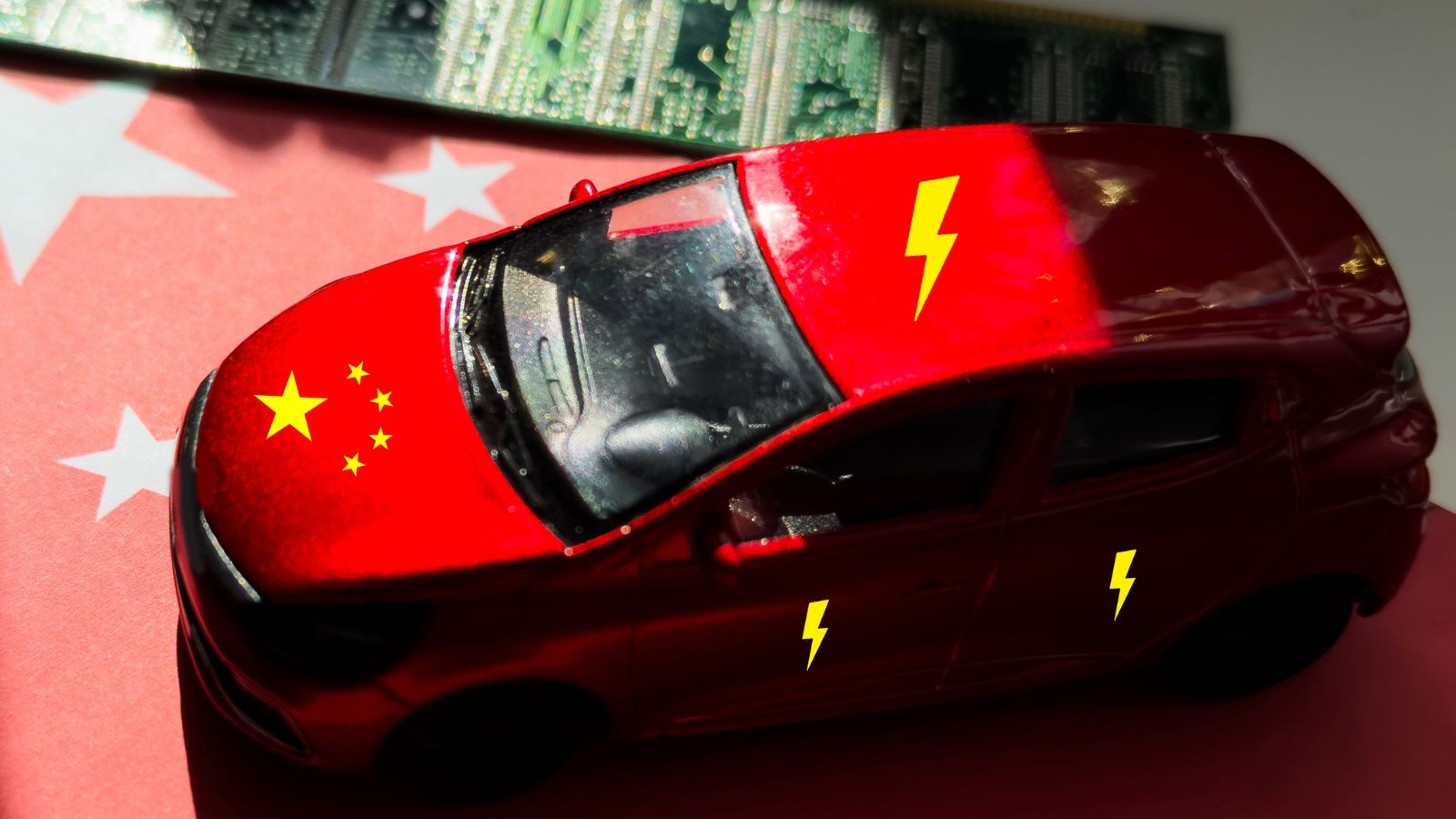
For years, Chinese cars were ridiculed for poor safety ratings and questionable design. That stigma is fading. Modern Chinese cars are tested against the same safety and efficiency standards as European and American models, and many pass with flying colors. The styling, once derivative, has become innovative, with sleek designs and futuristic interiors. The idea that “Made in China” means inferior no longer holds the same weight in the automotive space.
The Role of Government Support
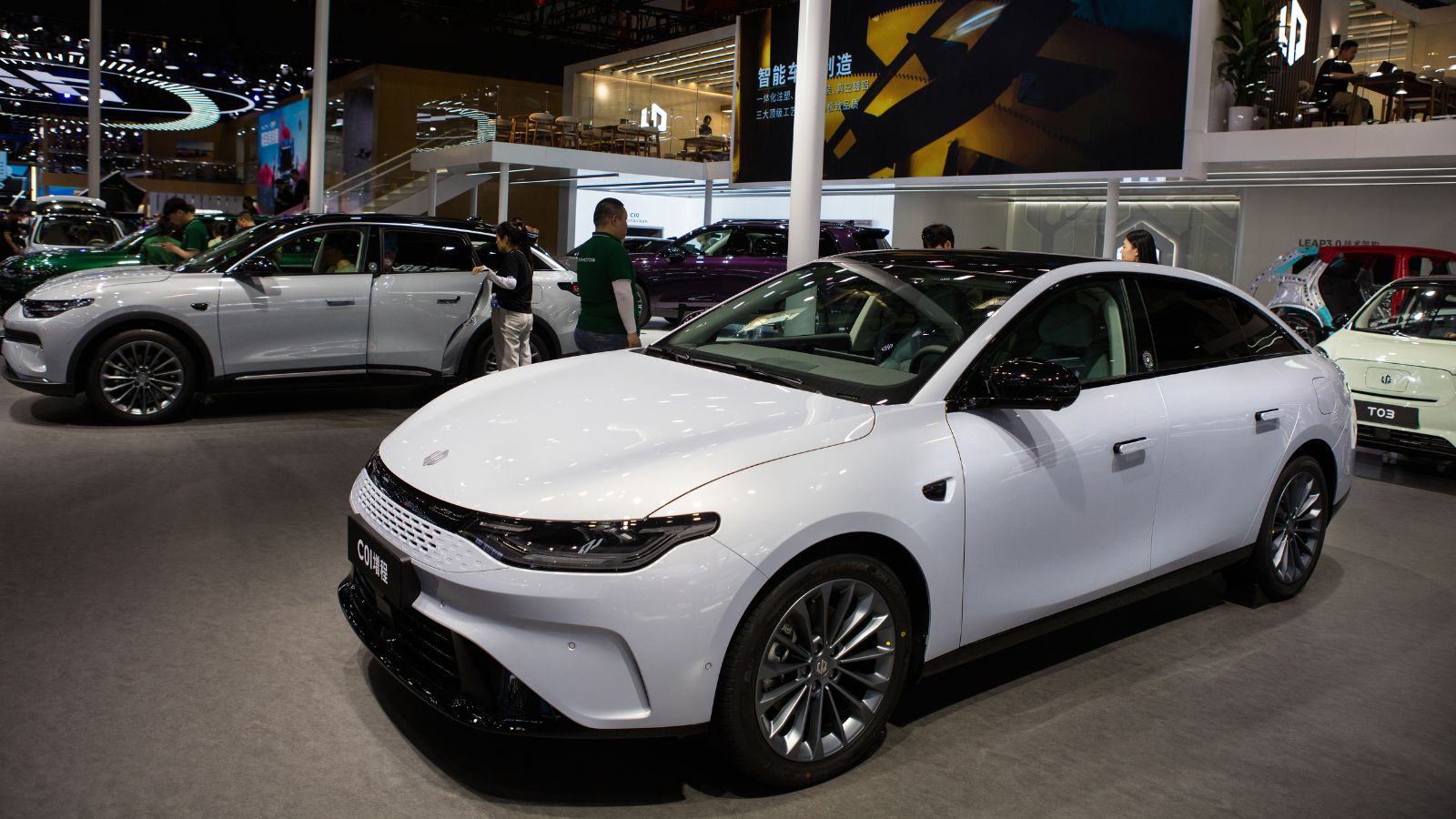
China’s rapid rise has not happened by accident. Generous subsidies, infrastructure investment, and policy support have paved the way. The government has backed EV adoption by building one of the world’s largest charging networks and incentivizing both manufacturers and buyers. This coordinated push has given Chinese automakers a domestic stronghold while preparing them to compete abroad. It is a playbook other countries are struggling to match.
The Threat to Traditional Giants

The rise of China as a car superpower poses a challenge to established automakers in the United States, Japan, and even Germany. While Ford, Toyota, and Volkswagen are still household names, they now face aggressive competitors offering cars with strong value and cutting-edge technology at lower prices. The fear among traditional giants is not just losing market share, but losing relevance in the global transition to electric mobility.
What It Means for Buyers
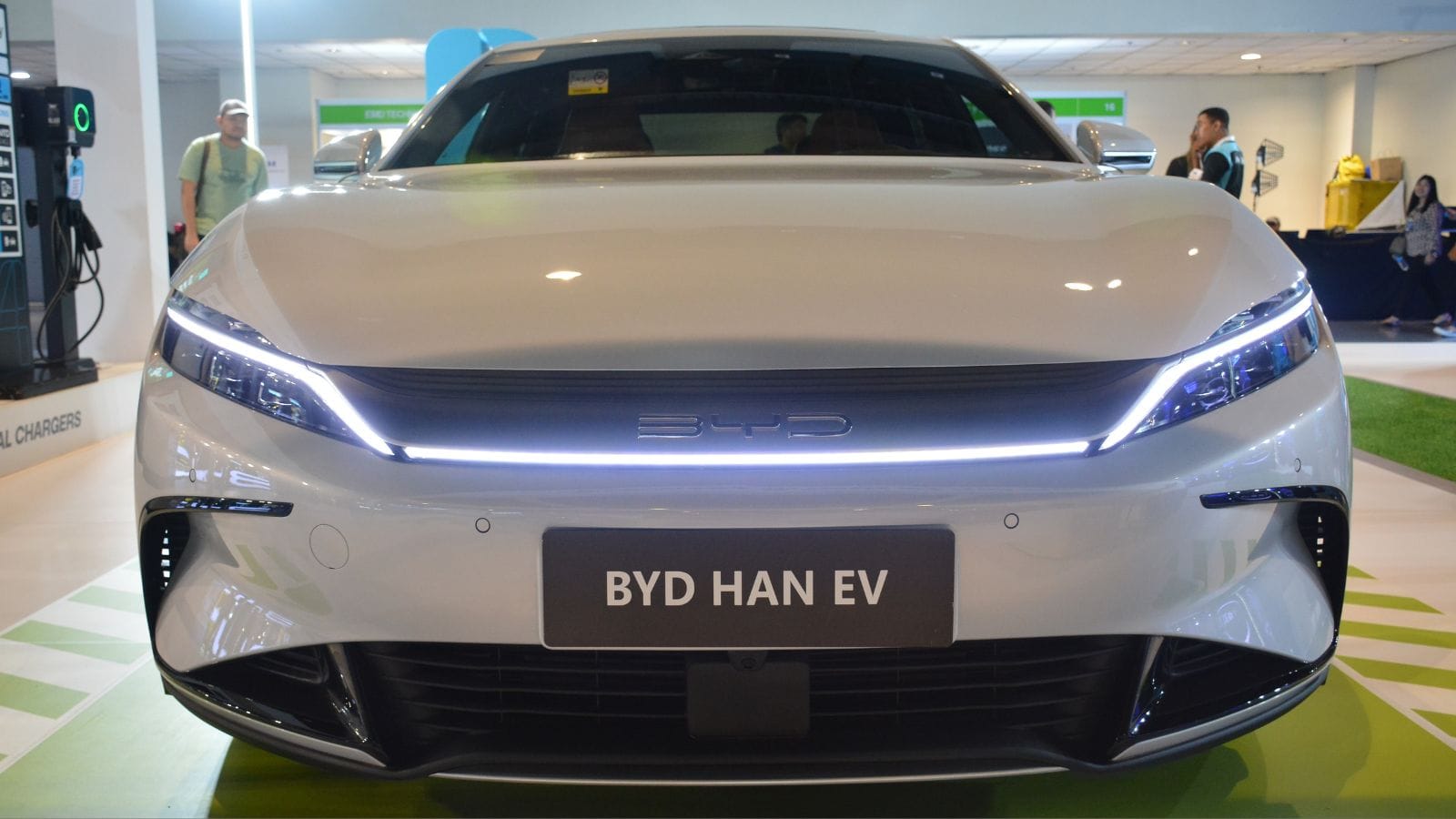
For consumers, China’s rise could mean more choices and lower prices. Chinese brands are often able to undercut established rivals while still offering generous features and modern technology. This competition will likely push other automakers to accelerate innovation and pricing strategies. For enthusiasts, it may also mean a more diverse automotive landscape, with fresh ideas and unexpected performance models entering the market.
A Future Shaped by China
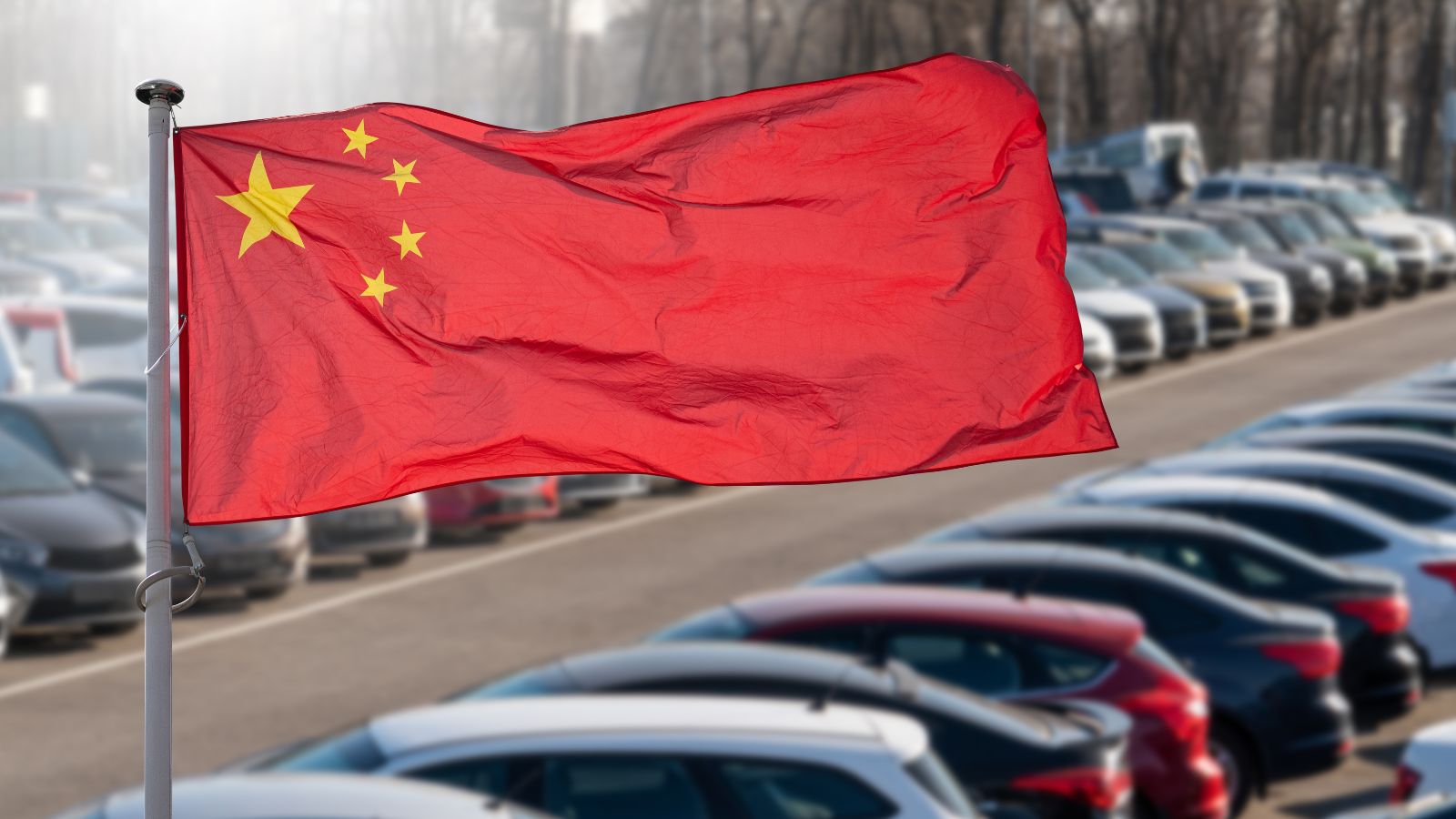
The question is no longer whether China will become a major force in the automotive world it already is. The real question is how quickly it will overtake long-established players. With dominance in EV technology, battery supply, and manufacturing scale, China is positioned to lead the next era of cars. The United States and Japan may remain important players, but the momentum is shifting east. The world’s next automotive superpower is here, and it is moving at full speed.
25 Facts About Car Loans That Most Drivers Don’t Realize

Car loans are one of the most common ways people fund car purchases. Like any other kind of loan, car loans can have certain features that can be regarded as an advantage or a disadvantage to the borrower. Understanding all essential facts about car loans and how they work to ensure that you get the best deal for your financial situation is essential. Here are 25 shocking facts about car loans that most drivers don’t realize:
25 Facts About Car Loans That Most Drivers Don’t Realize
